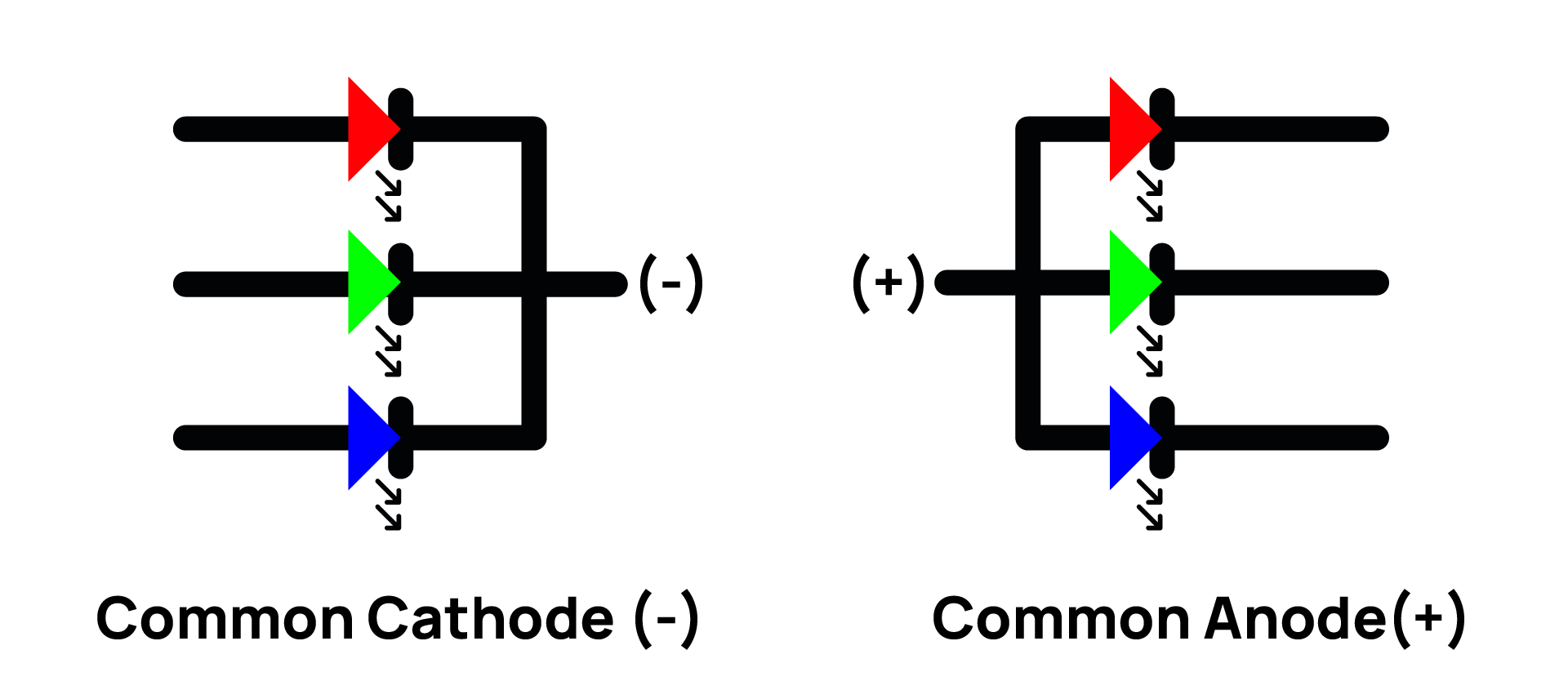In the realm of LED displays, innovation knows no bounds. As technology marches forward, new advancements emerge that redefine the visual experience. One such revolutionary concept making waves in the industry is "Common Cathode Technology." In this instalment of LED Insights, we delve into the world of common cathode technology, exploring its benefits and highlighting the key distinctions that set it apart from traditional LED display technology.
At its core, common cathode technology is a groundbreaking approach to driving LEDs in a display. Traditionally, LEDs in a display matrix are driven using a common anode configuration, where all the anodes of the LEDs are connected together and driven individually. However, common cathode technology flips the script by connecting the cathodes of the LEDs together and driving them independently. This fundamental shift opens up a world of possibilities and advantages.

Enhanced Energy Efficiency: Common cathode technology boasts remarkable energy efficiency, optimising power consumption without compromising on performance. By enabling precise control over each LED's cathode, energy wastage (in the form of heat output) is minimised, and displays become more environmentally friendly.
Vibrant Colour and Contrast: With independent cathode control, common cathode technology can deliver breathtaking colours and exceptional contrast ratios. This means richer blacks, more vibrant hues, and a lifelike visual experience that draws viewers into the content.
Improved Lifespan: LEDs driven with common cathode technology tend to experience reduced stress, leading to a longer operational lifespan. This longevity translates to reduced maintenance costs and prolonged display usage.
Pixel-Level Control: Unlike the conventional approach where a group of LEDs share a common connection, common cathode technology enables pixel-level control. Each LED can be individually adjusted, resulting in finer image adjustments and superior uniformity across the screen.
So, how does common cathode technology stand apart from traditional LED display technology? Let's take a closer look:
Energy Efficiency: In the common anode configuration, there's a greater potential for energy wastage due to shared connections and increased resistance, resulting in wasted energy in the form of heat. Common cathode technology's independent control significantly curtails this waste, offering an energy-efficient solution.
Colour Accuracy: With common cathode technology, colours are truer and more accurate. Each LED's independent control means less colour mixing and more precise reproduction, resulting in a more authentic visual experience.
Uniformity and Brightness: Traditional displays can suffer from non-uniform brightness due to shared connections. Common cathode technology shines here, ensuring uniformity across the screen with individual pixel-level control.
Image Quality: The enhanced contrast and vibrant colours offered by common cathode technology translate into an overall superior image quality, captivating audiences and leaving a lasting impact.
The introduction of common cathode technology heralds a new era in LED displays. Its ability to combine energy efficiency, colour accuracy, and superior image quality sets a new benchmark for visual experiences. With advancements like these, the possibilities for creative applications across industries—from entertainment to advertising, education, and beyond—are boundless.
At its core, the essential point is this: Place common cathode technology at the forefront of your considerations, especially if your business is committed to environmental, social, and governance (ESG) principles. When assessing LED technology options, a primary enquiry should be, "Does it incorporate common cathode technology?" If the answer is negative, it's important to further enquire, "Why is it not included? Yes, the initial cost may be higher, but you will end up with a superior display that has a lower total cost of ownership over the product lifetime.